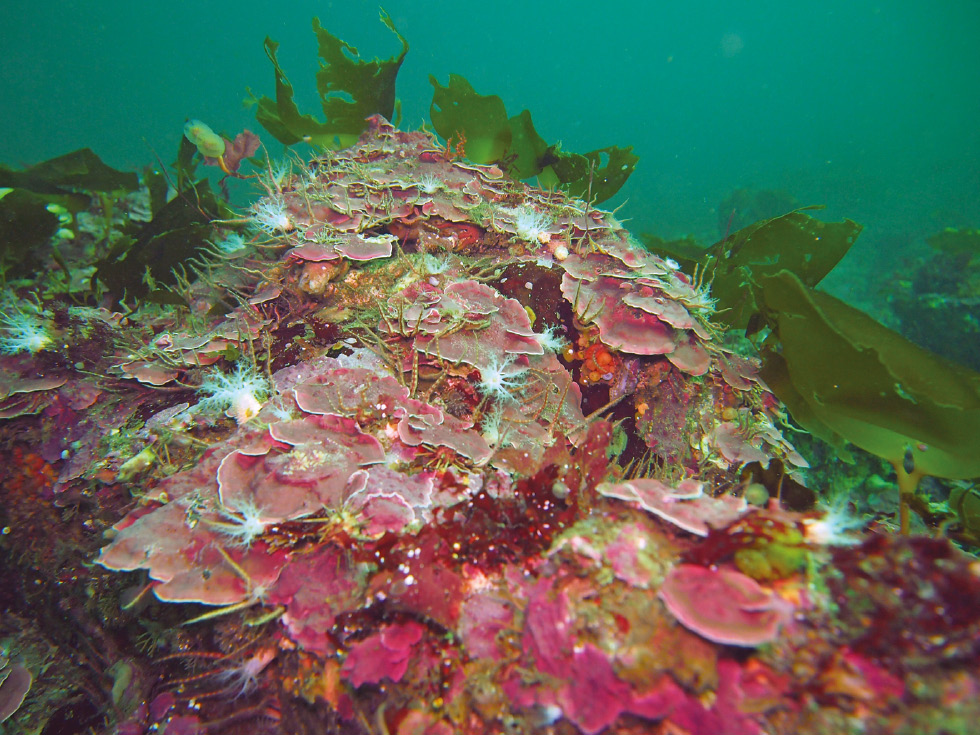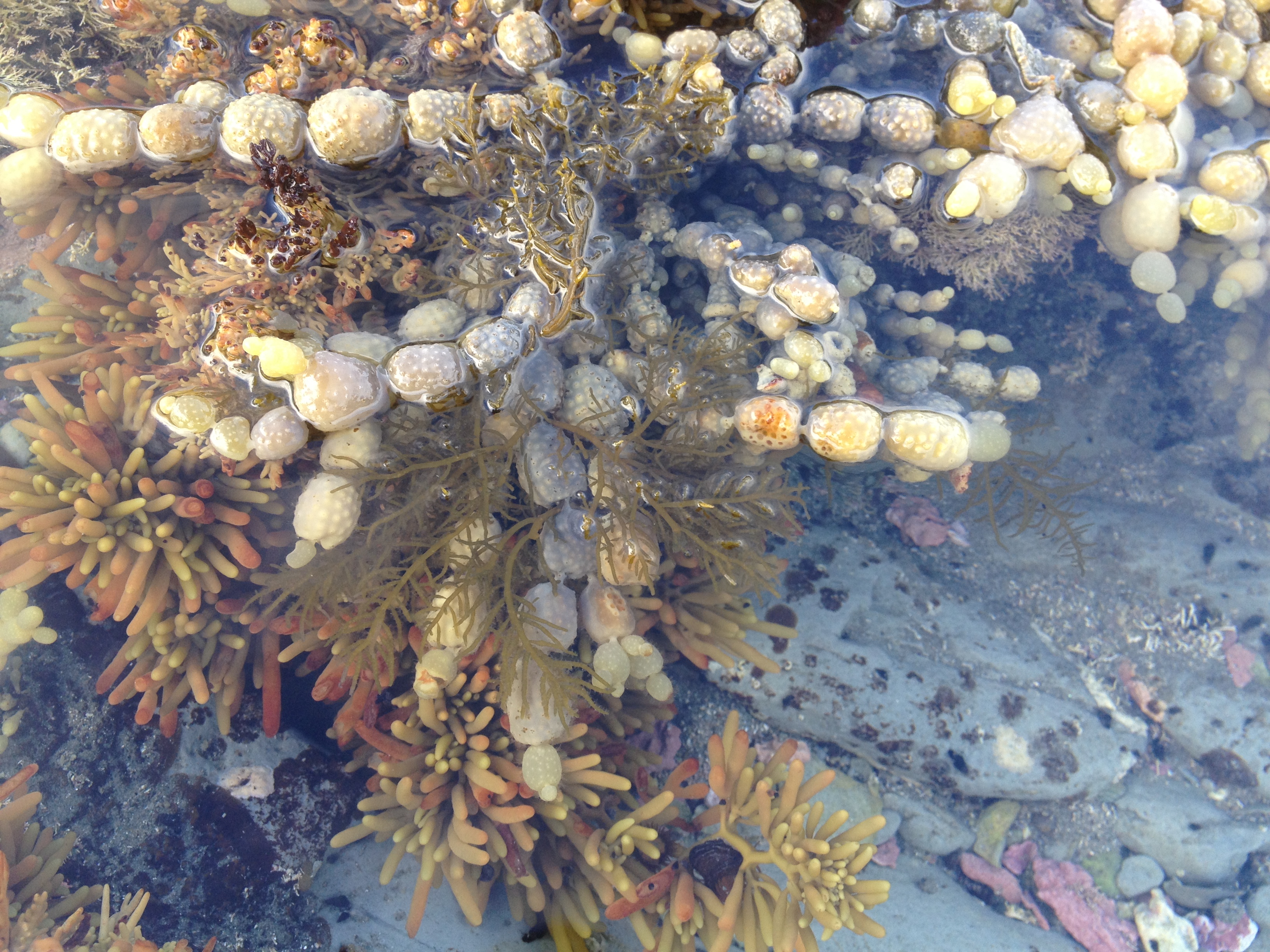|
Cominella Virgata
''Cominella virgata'' is a species of predatory sea snail, a marine gastropod mollusc in the family Cominellidae. MolluscaBase eds. (2020). MolluscaBase. Cominella virgata H. Adams & A. Adams, 1853. Accessed through: World Register of Marine Species at: http://www.marinespecies.org/aphia.php?p=taxdetails&id=490936 on 2020-09-12 Distribution This marine species is endemic to New Zealand. Powell A. W. B., ''New Zealand Mollusca'', William Collins Publishers Ltd, Auckland, New Zealand 1979 Willan, R.C., de C. Cook, S., Spencer, H.G., Creese, R.G., O’Shea, S., Jackson, G.D. Phylum Mollusca. In: de C. Cook, S.C. (eds.), ''New Zealand Coastal Marine Invertebrates 1'', 406 – 407. Canterbury University Press, Christchurch, New Zealand Taxonomy A subspecies, ''Cominella virgata brookesi'' Powell, 1952 was formerly recognized, but the taxon was demonstrated to be genetically indistinguishable from ''C. virgata virgata.'' Habitat This species inhabits the mid to low tidal zone ... [...More Info...] [...Related Items...] OR: [Wikipedia] [Google] [Baidu] |
Henry Adams (zoologist)
Henry Adams (1813–1877) was an English natural history, naturalist and conchology, conchologist. With his brother Arthur Adams (zoologist), Arthur Adams, also a noted conchologist, he wrote The genera of recent Mollusca: arranged according to their organization' three volumes, 1858. His father is an architect hired by HM Customs. References English malacologists English taxonomists 1813 births 1877 deaths Conchologists English zoologists 19th-century British zoologists {{UK-zoologist-stub ... [...More Info...] [...Related Items...] OR: [Wikipedia] [Google] [Baidu] |
Endemic
Endemism is the state of a species being found in a single defined geographic location, such as an island, state, nation, country or other defined zone; organisms that are indigenous to a place are not endemic to it if they are also found elsewhere. For example, the Cape sugarbird is found exclusively in southwestern South Africa and is therefore said to be ''endemic'' to that particular part of the world. An endemic species can be also be referred to as an ''endemism'' or in scientific literature as an ''endemite''. For example ''Cytisus aeolicus'' is an endemite of the Italian flora. ''Adzharia renschi'' was once believed to be an endemite of the Caucasus, but it was later discovered to be a non-indigenous species from South America belonging to a different genus. The extreme opposite of an endemic species is one with a cosmopolitan distribution, having a global or widespread range. A rare alternative term for a species that is endemic is "precinctive", which applies to ... [...More Info...] [...Related Items...] OR: [Wikipedia] [Google] [Baidu] |
Taxa Named By Henry Adams (zoologist)
In biology, a taxon (back-formation from ''taxonomy''; plural taxa) is a group of one or more populations of an organism or organisms seen by taxonomists to form a unit. Although neither is required, a taxon is usually known by a particular name and given a particular ranking, especially if and when it is accepted or becomes established. It is very common, however, for taxonomists to remain at odds over what belongs to a taxon and the criteria used for inclusion. If a taxon is given a formal scientific name, its use is then governed by one of the nomenclature codes specifying which scientific name is correct for a particular grouping. Initial attempts at classifying and ordering organisms (plants and animals) were set forth in Carl Linnaeus's system in ''Systema Naturae'', 10th edition (1758), as well as an unpublished work by Bernard and Antoine Laurent de Jussieu. The idea of a unit-based system of biological classification was first made widely available in 1805 in the int ... [...More Info...] [...Related Items...] OR: [Wikipedia] [Google] [Baidu] |
Endemic Fauna Of New Zealand
Endemism is the state of a species being found in a single defined geographic location, such as an island, state, nation, country or other defined zone; organisms that are indigenous to a place are not endemic to it if they are also found elsewhere. For example, the Cape sugarbird is found exclusively in southwestern South Africa and is therefore said to be ''endemic'' to that particular part of the world. An endemic species can be also be referred to as an ''endemism'' or in scientific literature as an ''endemite''. For example ''Cytisus aeolicus'' is an endemite of the Italian flora. ''Adzharia renschi'' was once believed to be an endemite of the Caucasus, but it was later discovered to be a non-indigenous species from South America belonging to a different genus. The extreme opposite of an endemic species is one with a cosmopolitan distribution, having a global or widespread range. A rare alternative term for a species that is endemic is "precinctive", which applies to s ... [...More Info...] [...Related Items...] OR: [Wikipedia] [Google] [Baidu] |
Gastropods Described In 1853
The gastropods (), commonly known as snails and slugs, belong to a large taxonomic class of invertebrates within the phylum Mollusca called Gastropoda (). This class comprises snails and slugs from saltwater, from freshwater, and from land. There are many thousands of species of sea snails and slugs, as well as freshwater snails, freshwater limpets, and land snails and slugs. The class Gastropoda contains a vast total of named species, second only to the insects in overall number. The fossil history of this class goes back to the Late Cambrian. , 721 families of gastropods are known, of which 245 are extinct and appear only in the fossil record, while 476 are currently extant with or without a fossil record. Gastropoda (previously known as univalves and sometimes spelled "Gasteropoda") are a major part of the phylum Mollusca, and are the most highly diversified class in the phylum, with 65,000 to 80,000 living snail and slug species. The anatomy, behavior, feeding, an ... [...More Info...] [...Related Items...] OR: [Wikipedia] [Google] [Baidu] |
Coralline Algae
Coralline algae are red algae in the order Corallinales. They are characterized by a thallus that is hard because of calcareous deposits contained within the cell walls. The colors of these algae are most typically pink, or some other shade of red, but some species can be purple, yellow, blue, white, or gray-green. Coralline algae play an important role in the ecology of coral reefs. Sea urchins, parrot fish, and limpets and chitons (both mollusks) feed on coralline algae. In the temperate Mediterranean Sea, coralline algae are the main builders of a typical algal reef, the ''Coralligène'' ("coralligenous"). Many are typically encrusting and rock-like, found in marine waters all over the world. Only one species lives in freshwater. Unattached specimens (maerl, rhodoliths) may form relatively smooth compact balls to warty or fruticose thalli. A close look at almost any intertidal rocky shore or coral reef will reveal an abundance of pink to pinkish-grey patches, distributed ... [...More Info...] [...Related Items...] OR: [Wikipedia] [Google] [Baidu] |
Neptune's Necklace
''Hormosira banksii'', also known as Neptune's necklace, Neptune's pearls, sea grapes, or bubbleweed) is a species of seaweed ( brown algae, Fucales) native to Australia and New Zealand. The genus ''Hormosira'' is monotypic. Distribution ''Hormosira'' is native to southeastern Australia (including Tasmania, Lord Howe Island and Norfolk Island) and New Zealand. Despite substantial morphological variation across its range, the species represents a single species and the genus ''Hormosira'' is monotypic. Genetic analyses of mitochondrial COI and microsatellite DNA sequence data have indicated that there is low genetic variation across the range of the species in Australia. Description ''Hormosira'' is a perennial species of seaweed (brown algae, Fucales). It is abundant on low-energy rocky reefs within the intertidal zone, where it outcompetes other algal species due to its high tolerance to desiccation. Plants vary significantly in morphology. The thallus (or frond) of the spe ... [...More Info...] [...Related Items...] OR: [Wikipedia] [Google] [Baidu] |
HarperCollins
HarperCollins Publishers LLC is one of the Big Five English-language publishing companies, alongside Penguin Random House, Simon & Schuster, Hachette, and Macmillan. The company is headquartered in New York City and is a subsidiary of News Corp. The name is a combination of several publishing firm names: Harper & Row, an American publishing company acquired in 1987—whose own name was the result of an earlier merger of Harper & Brothers (founded in 1817) and Row, Peterson & Company—together with Scottish publishing company William Collins, Sons (founded in 1819), acquired in 1989. The worldwide CEO of HarperCollins is Brian Murray. HarperCollins has publishing groups in the United States, Canada, the United Kingdom, Australia, New Zealand, Brazil, India, and China. The company publishes many different imprints, both former independent publishing houses and new imprints. History Collins Harper Mergers and acquisitions Collins was bought by Rupert Murdoch's News ... [...More Info...] [...Related Items...] OR: [Wikipedia] [Google] [Baidu] |
Cominellidae
The Cominellidae are taxonomic family of large sea snails in the superfamily Buccinoidea.MolluscaBase eds. (2021). MolluscaBase. Cominellidae Gray, 1857. Accessed through: World Register of Marine Species at: http://www.marinespecies.org/aphia.php?p=taxdetails&id=196901 on 2021-12-09 Genera * ''Cominella'' Gray, 1850 * ''Falsitromina'' Dell, 1990 * '' Lusitromina'' Harasewych & Kantor, 2004 * ''Pareuthria ''Pareuthria'' is a genus of sea snails, marine gastropod mollusks in the family Cominellidae. Distribution Species of ''Pareuthria'' are found in waters off of New Zealand and Argentina. Evolution ''Pareuthria'' is related to the genus ''Comin ...'' Strebel, 1905 * '' Parficulina'' Powell, 1958 References * Kantor, Y.I., Fedosov, A.E., Kosyan, A.R., Puillandre, N., Sorokin, P.A., Kano, Y., Clark, R. & Bouchet, P. (2021). Molecular phylogeny and revised classification of the Buccinoidea (Neogastropoda). Zoological Journal of the Linnean Society. DOI: 10.1093/zoolinnean/z ... [...More Info...] [...Related Items...] OR: [Wikipedia] [Google] [Baidu] |
Arthur Adams (zoologist)
Arthur Adams (1820 in Gosport, Hampshire – 1878) was an English physician and naturalist. Adams was assistant surgeon Royal Navy on board HMS ''Samarang'' during the survey of the islands of the Eastern Archipelago, from 1843 to 1846. He edited the ''Zoology of the voyage of H.M.S. Samarang'' (1850). Adam White collaborated with him in the descriptions of the Crustacea from the voyage. In 1857, during the Second China War whilst serving as Surgeon on HMS ''Actaeon'', he was present at the storming of Canton and awarded the China War Medal. He retired as Staff Surgeon aboard flagship HMS ''Royal Adelaide'' at Plymouth in 1870. He was a prolific malacologist who described "hundreds of new species, most of them unillustrated and insufficiently diagnosed". He partly worked together with his brother Henry Adams (1813–1877) and together they wrote The genera of recent mollusca: arranged according to their organization' (three volumes, 1858). He also wrote ''Travel ... [...More Info...] [...Related Items...] OR: [Wikipedia] [Google] [Baidu] |
.jpg)




